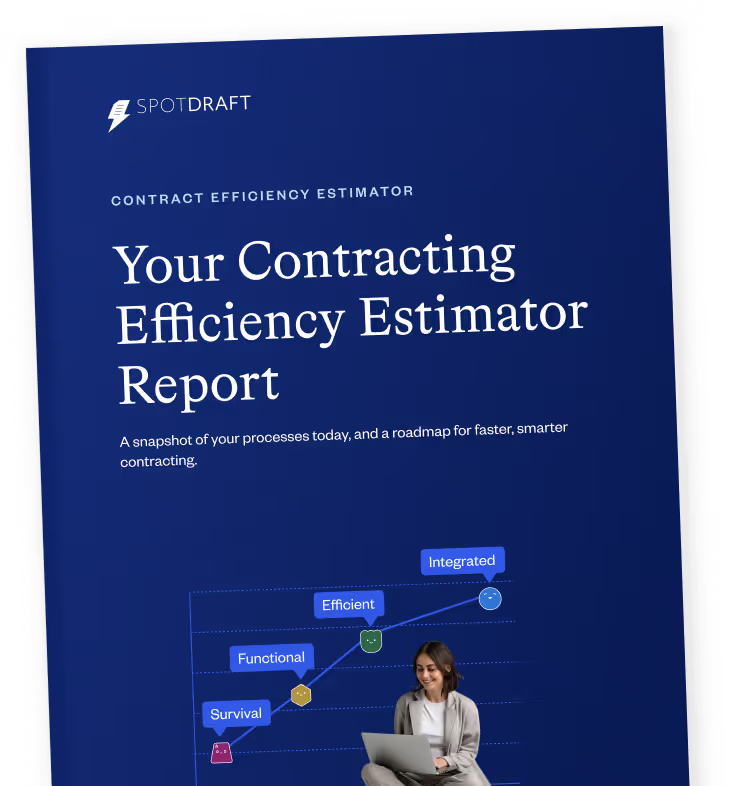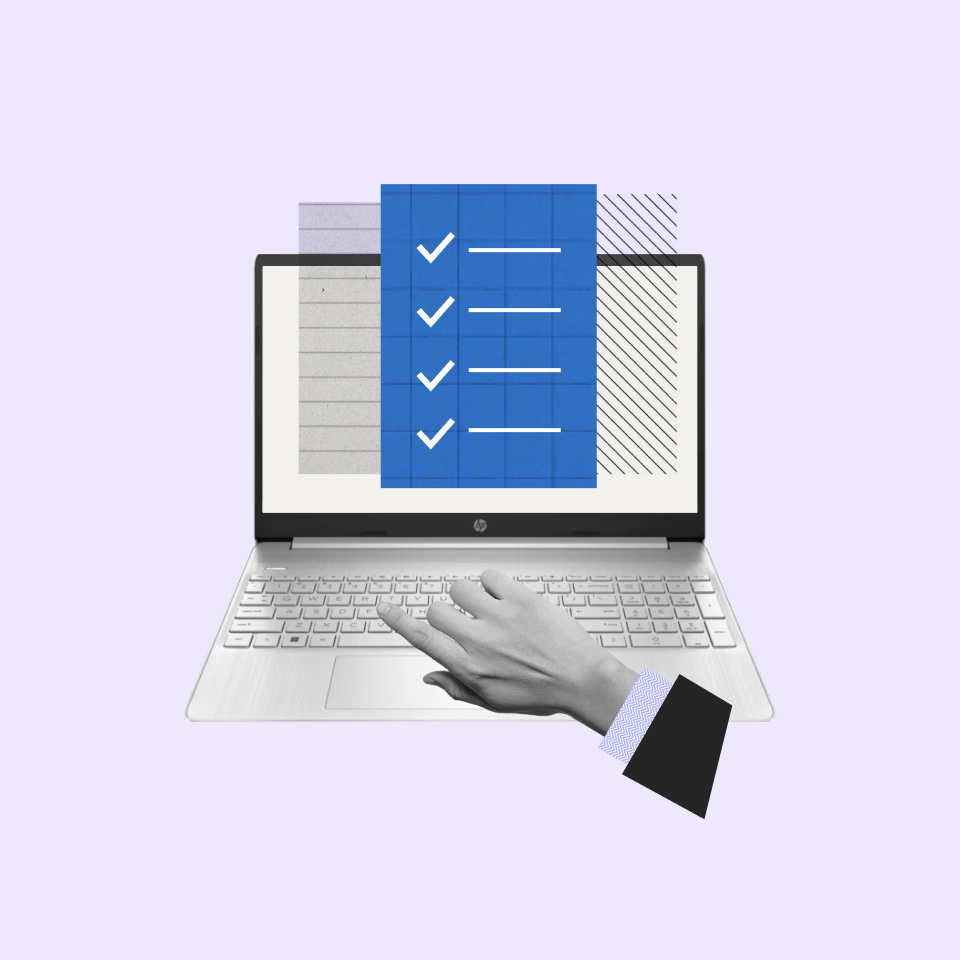Contracts are one of the most underutilized sources of data, despite being involved in every business transaction and operation. And as businesses become increasingly data-driven, legal teams are turning to contract data to answer questions about their impact and showcase their value to the organization.
It can be overwhelming to begin utilizing your contract portfolio as a source of intelligence to create reports, thanks to the incredible amount of data it can provide. That’s why we’ve put together an overview of 5 key contract reports you should maintain and share with C-suite. Have a look below!
5 key contract reports to share with C-level stakeholders

#1 Contract lifecycle/contract closure reports
The most important task for legal teams is often simply processing contracts and enabling business teams in executing them. A great way to demonstrate Legal’s value is by tracking contracts throughout their lifecycle and creating segmented reports on the basis of contract types, contract stages, turnaround times, etc.
This report seeks to answer questions such as:
- How many contract review requests were received each month and how many were executed?
- What is the average turnaround time to review or close contracts across different types, and how much time is spent on each stage of the contract?
- What was the average wait/approval time for different teams? What are the bottlenecks that slow down the process?
- How many rounds of negotiations happened across contract types?
- What was Legal’s direct impact on business during a specific time period?
If you use a contract management system to track your contracts, then a lot of this information should already be available within the interface, depending on which software you use. SpotDraft, for example, offers clear audit logs and a separate insights dashboard to make this information readily accessible.

#2 Team performance/KPI report
A crucial metric to track is the legal team’s headcount and their impact on achieving business goals. Take stock of what each team member was responsible for, month-on-month and year-on-year, such as contracts reviewed, average turnaround time per member, etc.
This report answers questions like:
- How productive is the legal team and each of its members?
- How many contracts was each team member involved in?
- What contract types was each team member involved in, and what was their turnaround time?
- What are the contract quality standards per team member, keeping the turnaround times in mind?
- What is the impact of each member of the legal team on business?
Again, a lot of this data should be fairly easy to obtain with a CLM software, as most modern solutions should offer some way to track activity and tasks per user. With SpotDraft, for example, you can filter contracts based on associated users as well as view relevant analytics on our insights dashboard.

Also Read: Rethinking OKRs, KPIs, and Goals for In-House Legal Teams
#3 Risk report/deviation analysis report
Visibility over key business terms, high-risk clauses, and clauses that are most heavily negotiated is important for better strategic decision-making. It’s best to maintain a report tracking these on an ongoing basis to inform future decisions, keep track of risks, and ensure all stakeholders are in the loop.
This report may include:
- Frequently used terms and key clauses used across contract types.
- Clauses and types of contracts that are usually heavily negotiated or edited by counterparties.
- Standardized clauses such as financial obligations, confidentiality, termination, governing law, etc., and acceptable fallbacks.
Legal teams usually have these standards outlined in a document or email somewhere, and an idea of key terms and clauses to keep track of that are highly relevant to business, high-risk, or highly negotiated. If you don’t have a written document with this information, it’s highly recommended that you start maintaining this information to prevent avoidable and costly mistakes.
You should also check if your CLM software allows you to automate this. For example, SpotDraft offers both manual and AI-assisted extraction and tracking of terms and clauses, allows you to store your best language and fallback versions in a clause library, and view analytics on clauses that were most heavily negotiated during a particular time period.

#4 Contract status reports
Contract renewals, especially auto-renewals, and expiry pose significant risk to businesses when they go missed. C-suite usually depends on Legal to bring them to their notice when required. That’s why it’s important for legal teams to stay on top of contracts due for renewals and expiry, and keep stakeholders in the loop so that necessary decisions can be made ahead of time.
This report helps:
- Stay informed of auto-renewals to prevent unwanted spends.
- Identify upcoming renewals and take necessary action.
- Track contracts due for expiry ahead of time.
You can either track this manually via an excel sheet or use a CLM solution to track contract status for you. Many solutions offer automated reminders for upcoming renewals and expiry, and also allow you to quickly generate reports based on contract status.

#5 ROI report
Finally, it is extremely important to highlight results from any process improvements or new tools that the legal team invested in. This helps showcase the ROI from these initiatives and also helps you build a stronger case for future investments.
This report may involve outlining progress and returns on the following:
- Process improvements or standardization such as templatization of specific contract types.
- New hires or spending on outside counsel.
- Investment in legal tools such as a CLM platform.
These can be measured in terms of improvement in turnaround times, increase in closed contracts, redirected resources thanks to process automation, etc.
Automating contract reporting with SpotDraft
Contract reports help paint a clear picture of the legal team’s work and impact, and also helps inform future legal decisions. More than anything, contract reports help you build credibility within the organization and provide ways to back your arguments with insights and evidence.
If you’d like to automate contract reporting and management with a CLM solution, or want to speak to experts who can help you improve this process, get in touch with us today.


.png)







